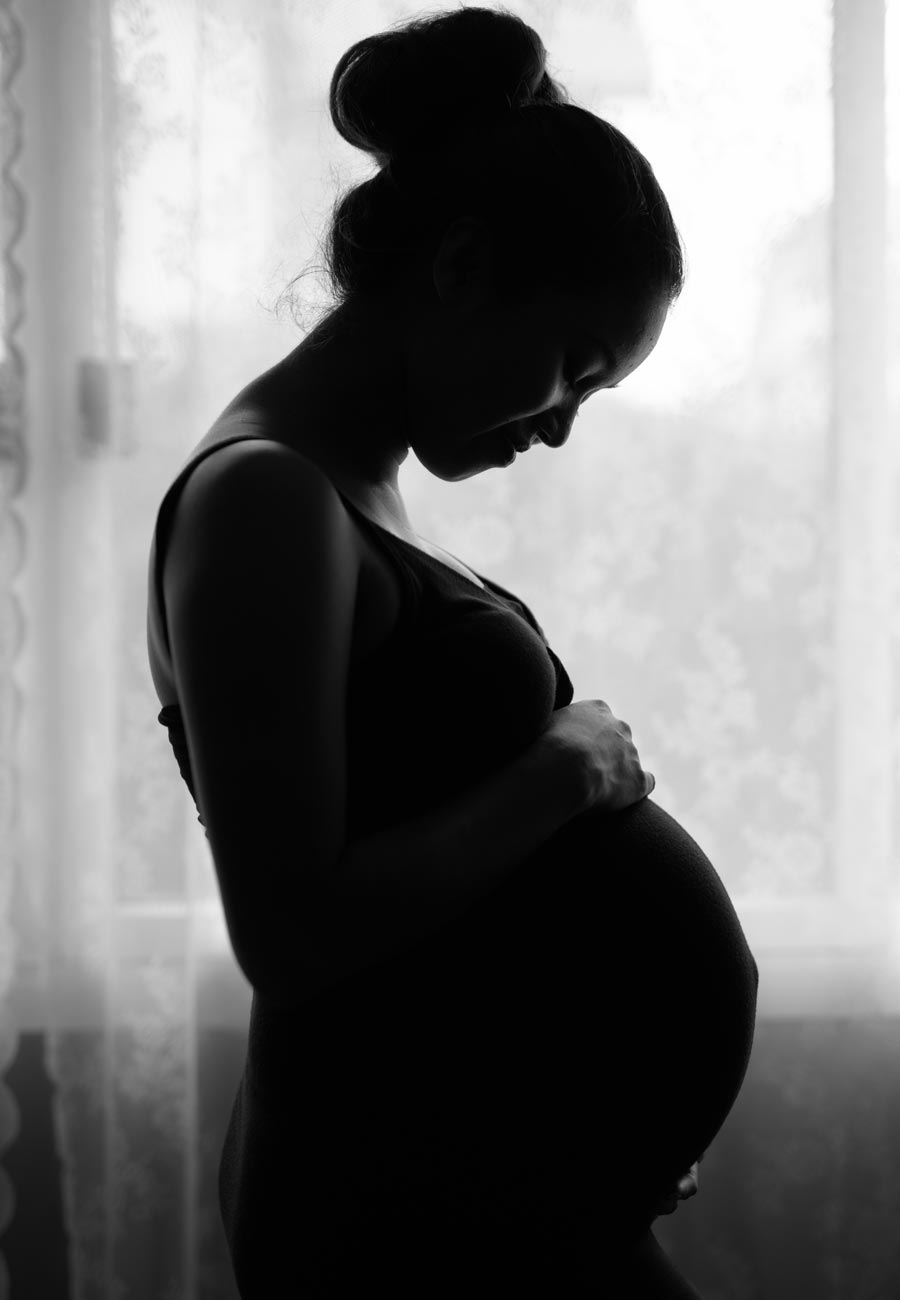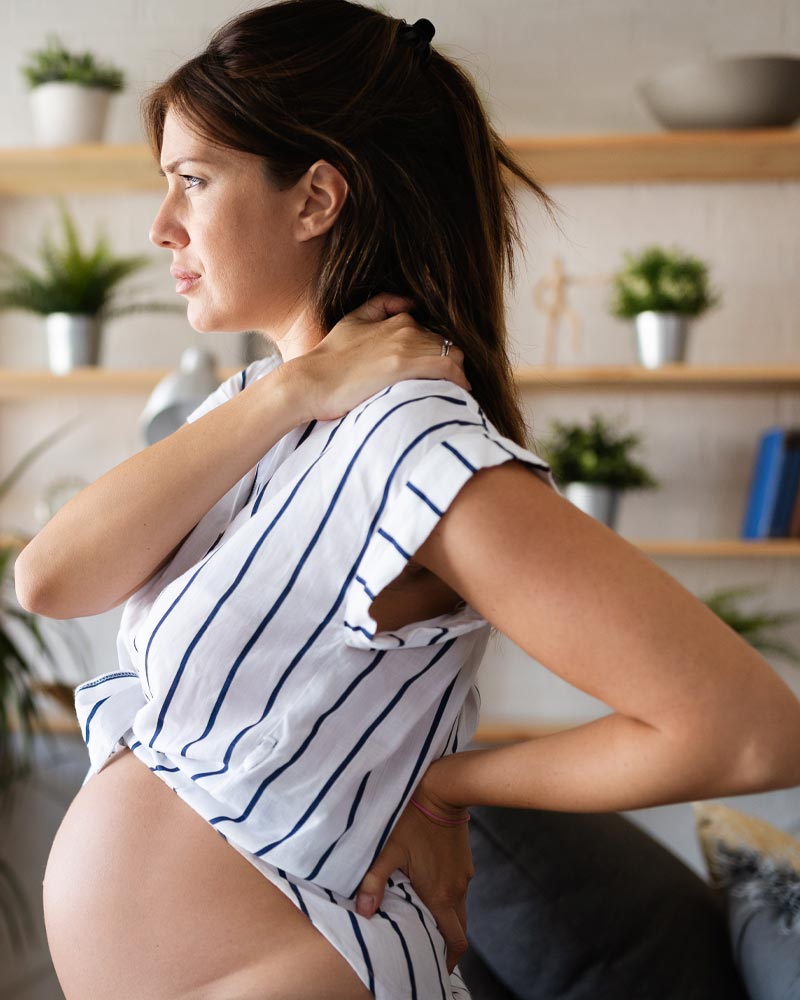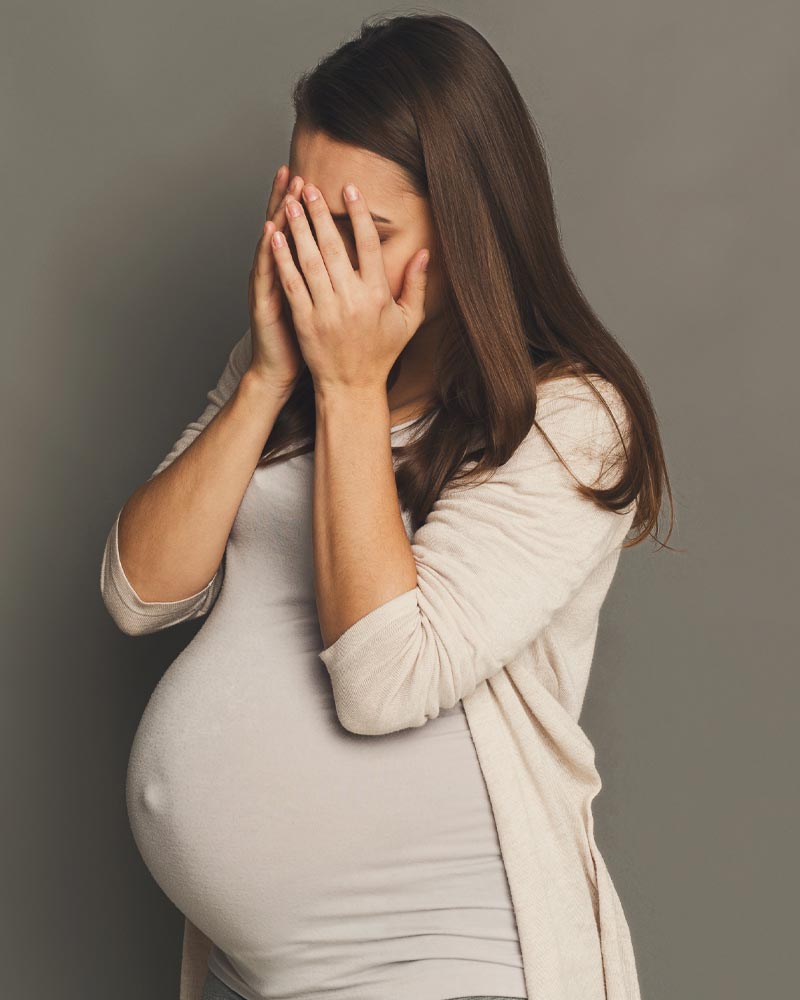Massage Treatments
Customised pregnancy massage therapy
At Gold Coast Pregnancy Massage, we personalize every treatment to meet your specific needs.
Whether you prefer a comprehensive full-body massage or targeted attention on specific areas like the back or shoulders, our services are tailored to your preferences.
Our pregnancy massage therapist offers a range of massage depths, depending on your preferences and needs.

How Pregnancy Massage Therapy Can Help You?
Pregnancy massage a soothing therapy, offers expectant mothers a multitude of benefits, making it a worthwhile investment. Professional pregnancy massages are tailored specifically to the needs of pregnant women, ensuring both safety and effectiveness.
During pregnancy, various physical discomforts such as back pain, leg pain, and hip pain can arise. A professional massage effectively targets these issues, offering significant relief. Additionally, pregnancy can be a time of heightened emotional stress. Massage therapy reduces cortisol levels while increasing serotonin and dopamine, enhancing mood and overall emotional well-being.
Improved sleep is another significant benefit. Many pregnant women experience sleep disturbances, and massage can help improve sleep quality by reducing discomfort and promoting relaxation.

Musculoskeletal changes throughout pregnancy.
Throughout pregnancy, a woman's body undergoes various musculoskeletal changes to accommodate the growing fetus and prepare for childbirth. These changes are gradual and impact different parts of the body:
- Weight Gain and Shift in Center of Gravity: As the fetus grows, the mother's weight increases, shifting her center of gravity forward. This shift can affect balance and posture, leading to adjustments in the way she walks and moves.
- Changes in Posture: To compensate for the increased weight in the abdomen, many women develop an increased curvature of the lower back, or lumbar lordosis. This change in posture can lead to back pain and discomfort.
- Pelvic Changes: The hormone relaxin, which increases during pregnancy, loosens ligaments and joints in the pelvis to prepare for childbirth. While this is necessary for delivery, it can also cause pelvic pain and instability, known as symphysis pubis dysfunction (SPD).
- Abdominal Muscle Stretching: The expanding uterus stretches the abdominal muscles, particularly the rectus abdominis. This stretching can sometimes lead to a condition called diastasis recti, where the muscles separate along the midline.
- Back Pain: The combination of a shift in the center of gravity, changes in posture, and the loosening of ligaments can contribute to back pain, especially in the lower back.
- Joint Stress: The added weight puts extra stress on joints, particularly the knees and ankles, which can lead to discomfort and swelling.
- Breast Enlargement: An increase in breast size can add to the strain on the back and shoulders, sometimes leading to tension and pain in these areas.
- Altered Center of Balance: The shift in weight and body shape can alter a woman’s center of balance, making her more prone to falls and affecting her mobility.
- Increased Fluid Retention: This can lead to swelling in various parts of the body, including the extremities, contributing to discomfort and mobility issues.
These changes are a natural part of pregnancy and vary in intensity among different individuals. It's important for pregnant women to maintain open communication with their healthcare providers about any musculoskeletal discomfort they experience. Management of these changes often involves a combination of exercise, proper posture, supportive clothing like maternity belts, and sometimes physical therapy.
Our Pregnancy Massage Therapist Accepts All Major Health Funds






